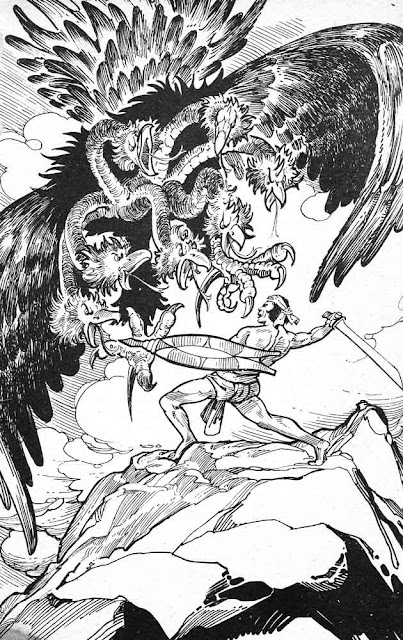The Adventures of Buluqiya
This story is told by Yamlikha, the serpent queen, to Hasib Karim al-Din after he enters her realm. Buluqiya is the son and successor of a learned and holy Israelite king. One day, King Buluqiya finds an ebony casket in his treasury, containing a golden casket, within which is a book about Prophet Muhammed. Upon reading it, the impressed Buluqiya goes voyaging in search of Muhammad. On one island he meets the serpents of hell and on another, more snakes and the serpent queen. In Jerusalem, he meets the sage ‘Affan, who tells him about King Solomon's signet ring. This ring, which is in Solomon's tomb beyond the seven things, gives the wearer rulership over jinn, animals, and all created things. They can get a magic herb from the serpent queen which will allow them to walk on water and get to the tomb. With the ring, they'll go to the fountain of life, which will allow Buluqiya to live until the times of Muhammad. They get the herb from the serpent queen and rub its juice on

